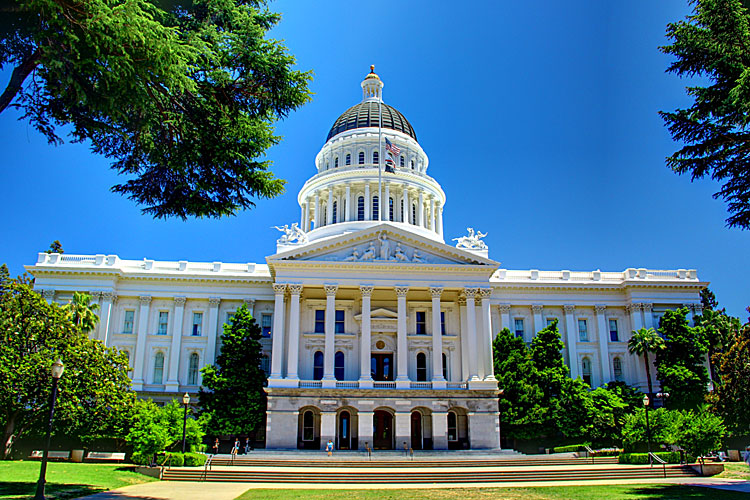By Bruce McPherson

Only this time, I was on the “outside looking in” as to what the vote count will be on a bill, not as the voting state senator that I was while representing the 15th District from 1996-2004. Today, as a Santa Cruz County Supervisor I have an equal concern of what the state might do “for us” as well as what it might do “to us” in local government.
Some things never change. The hallways were jammed with lobbyists looking at television screens to see which legislation passed or failed, or had not received the necessary votes for passage – in turn being placed “on call” in the author’s hopes that he/she could “work” some of his/her colleagues to come on board to support “the most important bill of the year.”
It’s a long and tedious process when you consider that more than 2,000 pieces of legislation are introduced each year, some dying in committee and on the floor, or becoming two-year bills, with roughly 800 or 900 being signed by the governor. And that bill package includes the ever-present practice of last minute amendments that hardly allow much time for in-depth debate. Thank heavens for the 72-hour rule that says those changes must be in print for at least three days to become actionable.
I was in Sacramento specifically because of several issues that, in different ways, could impact our County’s local authority. AB 1250 would have all but ended county contracting for services; SB 649 would limit local authority over siting wireless telecom equipment and there were also various pieces of legislation that would have limited the expansion of local electric service known as Community Choice Aggregation (CCA).
I’m pleased to tell you that AB 1250 and the CCA limits both failed to get out of the Legislature. Community leaders in the tri-county area and I worked the phones to ensure that the legislation did not make it to the floor for a vote without a thorough public airing. On behalf of our regional community choice energy partners, I want to thank Senator Bill Monning and Assembly members Mark Stone and Anna Caballero for their work in suspending both bills.
Now, with that behind us, the Monterey Bay Community Power project is on track to launch clean electricity services to the tri-county region next March. Here are several recent milestones:
- The agency will at least double our dependence on offer 100 percent carbon free energy while charging the same rates as PG&E.
- The board will be able to decide on a substantial rebate to customers after the first year of operation (the end of 2018) which should lower the rates more than the 3 percent identified by the initial analysis.
- A start-up loan is in place to help launch agency operations and is expected to be paid back in the first year of operations.
- The agency will be able to build reserves over the next few years, ensuring stable electricity rates for MBCP customers well into the future.
Unfortunately, SB 649 did pass. As I write, the bill is on the Governor’s desk and I’m hoping that he will veto it. Claiming to improve broadband access, this bill does nothing of the sort. It amounts to a public subsidy for large corporations, allowing them to have preemptive rights to use street light and other poles — to place refrigerator-sized boxes to accommodate their technology.
It would force cities and counties to rent space for small cells and other communications equipment on public property at rates far below fair market value while stripping local jurisdictions of their current oversight.
In another “Has it really been that long?” realization, September 2017 marks the 25th anniversary of Monterey Bay National Marine Sanctuary. The sanctuary was formally established under the authority of the National Marine Sanctuaries Act, becoming the eleventh national marine sanctuary.
This sanctuary is known as the “Serengeti of the Sea”— for its biological richness, unique habitats, threatened and endangered animals, and the presence of shipwrecks and other cultural relics.
Our Establishment of the sanctuary followed decades of public support for its creation — our community joining together to demand protection of this special place. Our challenge now is for continued protection of our marine sanctuaries.